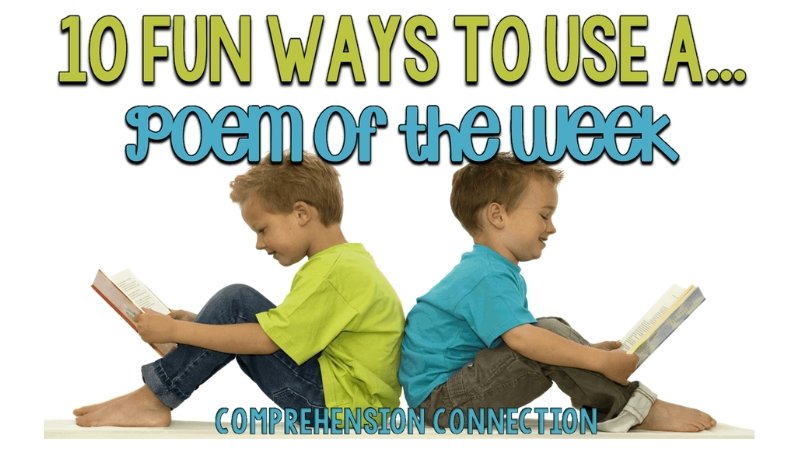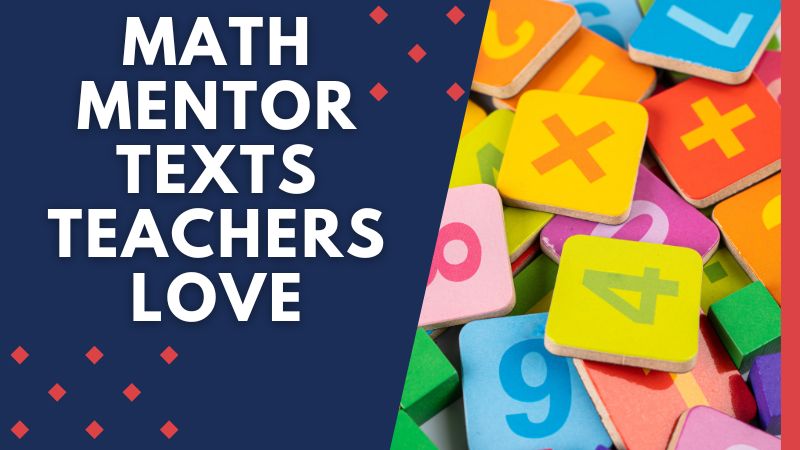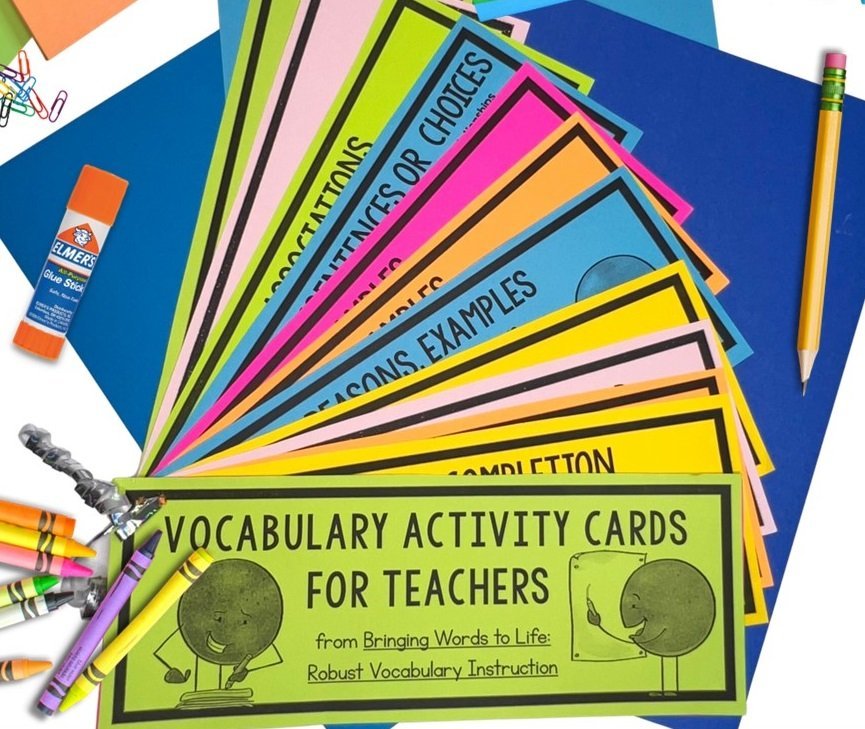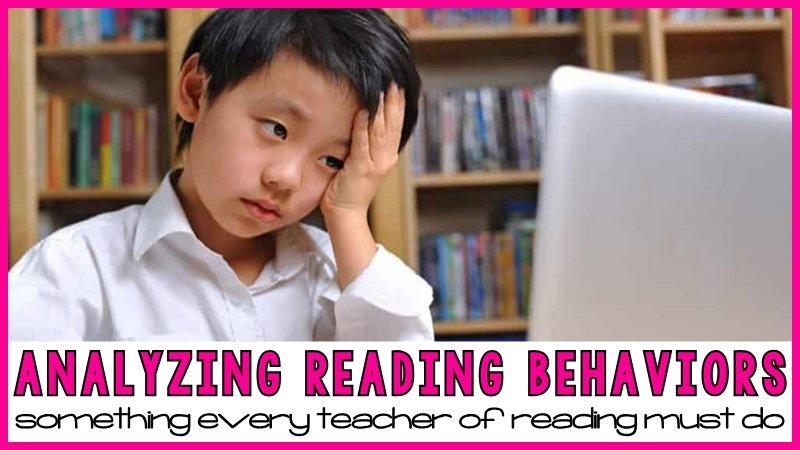
As you’ve probably discovered, there are many benefits of blogging. Blogging in the classroom can be a fun and engaging way to add a new dimension to your work with writing and reading comprehension. Student generated blogs can be focused on a wide variety of topics. You might focus on a specific book you’ve read, topics or activities students enjoy and that provide writing hooks, current events happening in your school (like a newsletter), or any number of student interests.
Blogs can also spark great conversation and teach students about publishing work. They provide ways to use technology to enhance blog posts, teach layout and design, and skills used well beyond the blog. In this blog series, I will be sharing information about how blogs can enrich your language arts program. I’ll be sharing platform options, how to ensure safety, choosing a blog name and setting it up, how to create a post and embed images, and each step of the process. Today, we’ll talk about the benefits of blogging.
Blogging Benefits for Teachers
How Reading Blogs Help Teachers
There is so much to gain from reading and writing a blog. As readers, teachers first and foremost can see step by step lessons in progress and read how they worked to expand unit plans. With my blog posts, I often share free resources too which saves teachers time and money. Additionally, teachers can feel a sense of belonging and that they are not the only teacher struggling with X, Y, or Z when they read articles on classroom management and teaching in general. Finally, teachers can connect with other teachers to “talk out” ideas and learn from each other. This reflection process helps us improve our practice and make adjustments to future lessons.
How Writing Blogs Helps Teachers
As a blogger, I have to share that blogging made the biggest difference in my teaching life. Blogging has help me help others. When I began blogging, I was a new reading specialist in a school with 300 students. I was teaching six grade levels, supervising two teaching assistants who worked with small groups and coaching our staff on literacy needs. How do you do that and teach all day? The only answer for me was to blog and hope that if a teacher needed help with something that I could send them to my blog. I’m not sure it really played out like I thought, but I did find that other teachers did read my posts. Most importantly, it helped me be a reflective practitioner.
Reflecting on Your Teaching Practice
Another positive with blogging is that you become a more thoughtful teacher. When I’ve written about what’s worked and not worked for me, I have really looked at the effectiveness of activities as well as how my time is used within the classroom. Are students engaged? Are they thinking deeply? How did I deliver the lesson? Was the lesson creative and interesting? Did the lesson hone in on the standard.
Learning and Using Technology
With blogging, I’ve also learned a LOT about technology and even html. At the beginning, my posts were a hot mess! The content was often written like a phone call to a college friend, and I knew nothing about creating and adding images, the legalities, formatting, using white space, adding headings and subheading, etc. Over time though, the great content will be redone, and the embarrassing posts will be deleted!
Finding Like Minded Teacher Friends
Finally, teachers gain friends through blogging. I am in awe of this final point. I have made lifelong connections with my bloggy buddies. We chat almost daily, and the collaboration with them has taken all of our blogs to the next level. We have go-to people when we need to troubleshoot issues, and the camaraderie has helped us all keep our blogs fresh and informative.
The Benefits of Blogging for Students
In the classroom, blogs can be used in a multitude of ways and for many purposes. With each, the student benefits through the planning and writing, through collaboration with peers, through learning ways to use technology such as photography, photo editing software, design, and even through learning html (like me). Here are examples of things I’ve done with blogging:
School Newsletter:
A few years ago, I formed a team of bloggers from our fourth and fifth grade classes. Students signed up to be part of the team, and the team determined what we’d share on our school blog. They divided up the responsibilities according to interests, and I tasked them with writing up articles they’d share as well as the job of taking photos. They wrote up information about schoolwide events, book reviews, grade level happenings, teacher interviews, and student spotlights. The content shared was fantastic, and they loved the whole process.
Of course, with every new adventure, there are always kinks to work out. The biggest struggle was getting time to meet and follow through. The team members would sometimes miss deadlines or struggle to complete tasks. Also, since the kids were in two grade levels, it was tough to find a common meeting times. In the end, we dissolved the group, and I repurposed the blog. Would I do it again? Absolutely! You just need to do it with your classroom only. Then, you have the flexibility to allow the students to work on their pieces in class, know the schedule so that you can plan to meet, and have access to the parents if or when you need to stay after school to work on it.
Book Clubs
If you haven’t noticed, I’m a big fan of book clubs. When the school blog fizzled out, I decided to repurpose the blog into a virtual book club. Keeping kids reading through the summer can be a challenge, so I thought I’d turn my extra blog into a kids’ book club. I mapped out a schedule. Each week, I posed a series of discussion questions about the content we’d read and extension activities. The plan in my mind was that students would respond with discussion and comments in the comment section of the blog. It didn’t go exactly as planned. However, I think if you have a group of students who know you and have set it up with a controlled audience, then you’d be fine and get more engagement.
With our site, kids responded to content I posted, but how might it have worked if students led the group? Would there have been more engagement? I think so honestly. Kids want to talk to other kids not their teacher.
Interest Blogs
Finally, you might use blogging as a way to work on writing skills. If you have dancers, soccer players, artists, or bookworms in your room, then you have a great opportunity to let your kids writing about things that mean a lot to them. We need to find our passions and share our passions with others as a means to connect and feel connected. Kids have a LOT to say too, so how about using those passions to build writing skills?
Let’s take the avid reader as our example of an interest blog. My youngest loves to read, and she’s honestly a pretty good writer too. To motivate her and help her feel good about her accomplishments, I set up a blog with her. Once she selected the blog’s name, I created a simple blog design for her using a Georgia Lou Blogging Template (Aurora for $12.00). Her blog is Luv 2 Read, and on it, she writes simple reviews of books she’s read. I just jumped over to check it out, and she hasn’t blogged as much this year, but the point is that she did write up many posts in the last year. (33 to be exact) Are the posts perfect? No, but it’s her work.
The blogging experience has taught her quite a bit. She’s learned about adding images and formatting as I’ve been able to show her. She’s offered advise to her peers with her posts, and she’s worked on her writing skills. Since she’s homeschooling now, I’ll teach her how to modify hers too. For her posts, she’s stuck mainly to text only and that is just fine. She’s since gone on to be part of a collaborative blog with other girls her age and has another silly blog that’s more like a journal which is private.
Character Blogs
Another option for students is to use the blog they create as a stand alone project. Students can look at the blog purely as a design medium to create a character based project. Take Harry Potter as an example. Students can take on the role of Harry Potter and design a blog with a wizardry theme, write blog posts from Harry’s perspective about story events, create and upload illustrations and/or links to other creations, or whatever the student thinks up.

Links to the Blogging in the Classroom Posts:
How to Create the Perfect Blog Post
Ensuring Blogging Safety for All
Final Thoughts on Blogging Benefits:
As you can see, there are many options and benefits from creating, reading, and writing blogs. In the next blog post of this series, I’ll be sharing information about the different platform options we have as well as the pros and cons to them.
















